Cabinet Reshuffle 2025
The Union Cabinet reshuffle of 2025 marks Prime Minister Modi’s most significant ministerial overhaul since his third term began. Executed in late June, six Cabinet ministers were replaced, numerous portfolios reassigned, and junior ministers elevated an anticipated strategy to enhance governance efficiency, bring fresh talent, and correct regional imbalances.
Key Promotions & Transfers
Notable changes include rising MP Sanjeev Arora’s induction into the Punjab Cabinet under CM Mann, filling a persistent void and signaling the AAP’s intent to strengthen administrative operations in the state. Nationally, Delhi’s Radha Mohan Das Agrawal clarified that changes are driven by merit and strategy, not internal pressure, symbolizing discipline within party ranks.
Motivations Behind the Shuffle
Three strategic aims guided the reshuffle
Governance Optimization Prominent ministers, particularly from Punjab and Delhi, were chosen to address performance gaps and rectify public concern.
Social Equity Inclusion of minority, OBC, and women leaders underscores a push for diverse representation mirrored by the speculation of appointing a woman BJP state chief in Madhya Pradesh.
Election Preparedness With key elections on the horizon (e.g., State elections in 2025), the reshuffle realigns pro active administrators ahead of campaign cycles.
Focal Appointments & Repercussions
Punjab’s recalibrated Cabinet, highlighted by Arora, aims at reinforcing governance post byelection victory. In Rajasthan, the BJP swooped to quell speculation of internal coup against CM Sharma; state incharge Agrawal emphasized that central leadership stands firmly behind him .
Madhya Pradesh’s BJP organization is eyeing strong female contenders Archana Chitnis, Lata Wankhede, and Kavita Patidar highlighting a synchronized move for gender and caste balance ahead of electoral battles.
Criticism & Public Voices
Political analysts suggest the reshuffle is reactive, triggered by AAP’s strong performance in Punjab. Critics warn continual ministry alterations can hamper administrative consistency. Others highlight an emerging trend internal loyalty and performance are now paramount in promotions potentially sidelining traditional seniority based appointments.
Outlook
This Cabinet reset sets the tone for governance leading into crucial elections across states. It reflects the central leadership's objective to consolidate performance driven ministers and integrate diverse representation.
Key watchpoints
Impact of state level shakeups in governance benchmarks.
if this mode of centralized, merit based adjustments becomes permanent.
Political amplification in the run up to forthcoming state polls.


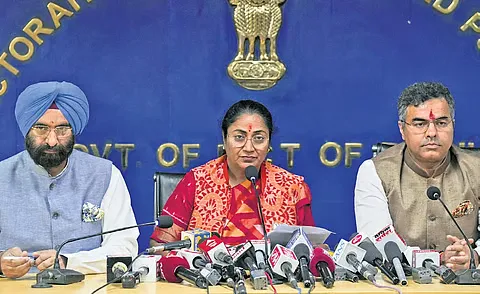
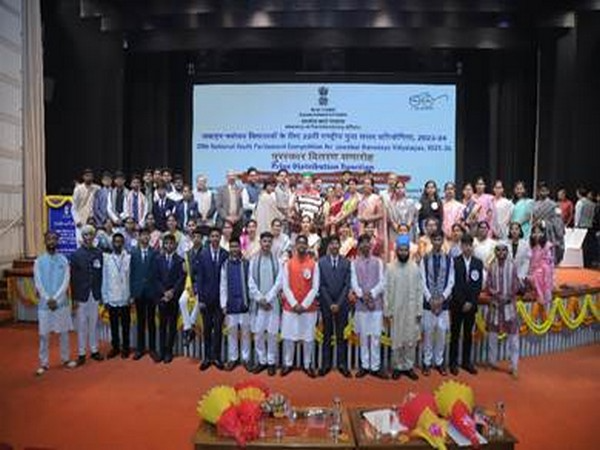


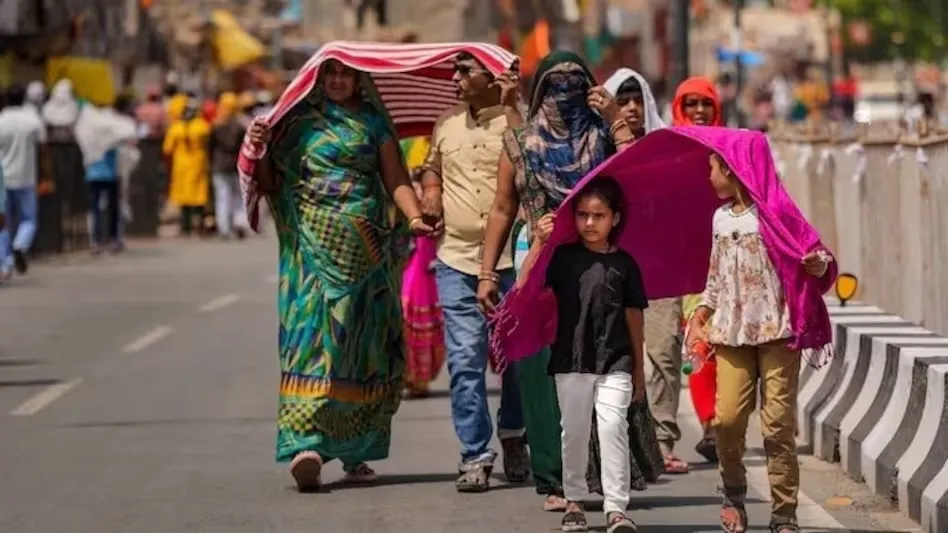 Heatwave Warning Issued in North India
Heatwave Warning Issued in North India  Strict Enforcement of Noise Pollution Laws in Response to Rising Complaints
Strict Enforcement of Noise Pollution Laws in Response to Rising Complaints 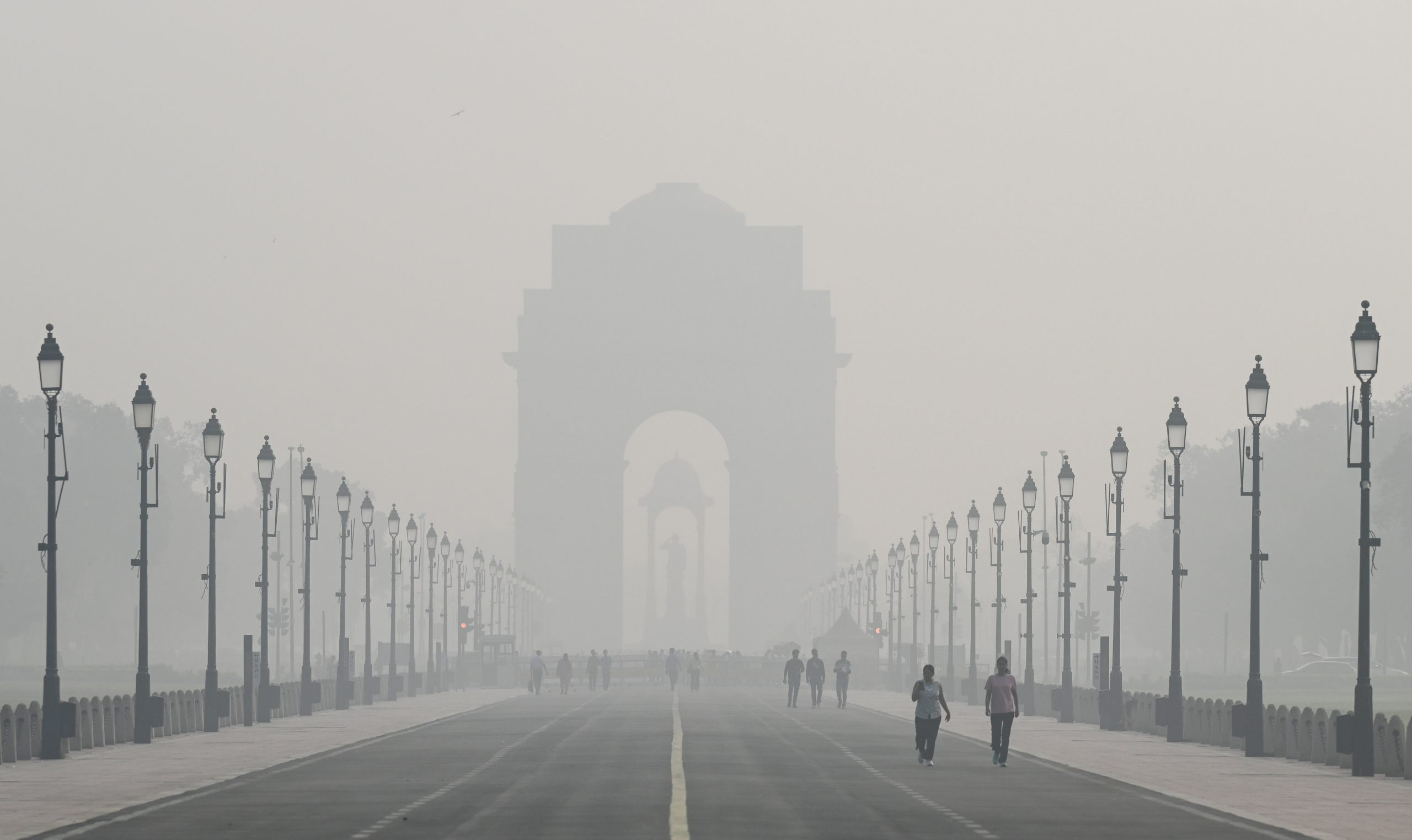 Air Quality in Delhi NCR Plummets to ‘Severe’ Levels
Air Quality in Delhi NCR Plummets to ‘Severe’ Levels 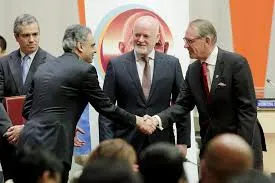 India Joins Global Climate Accord
India Joins Global Climate Accord  Reuters details South America cold snap while Europe faces record heatwaves simultaneously
Reuters details South America cold snap while Europe faces record heatwaves simultaneously